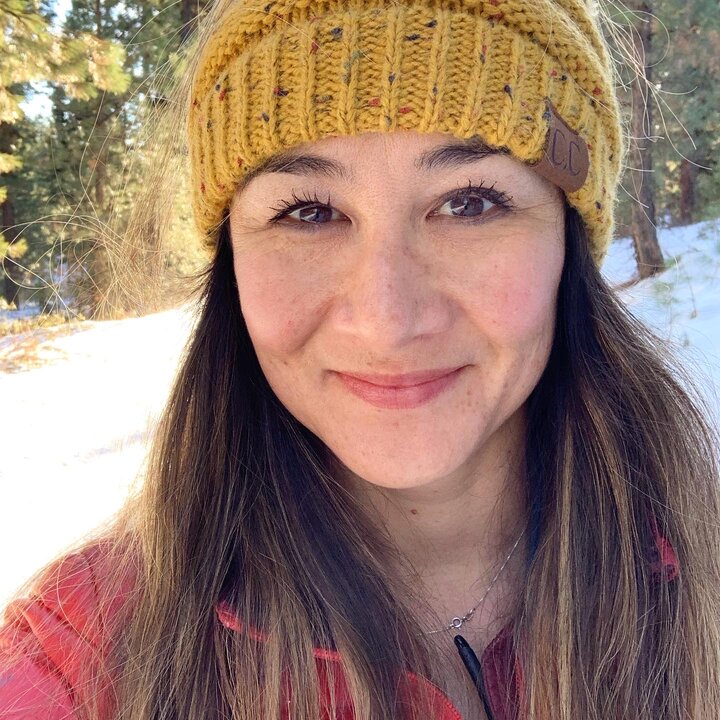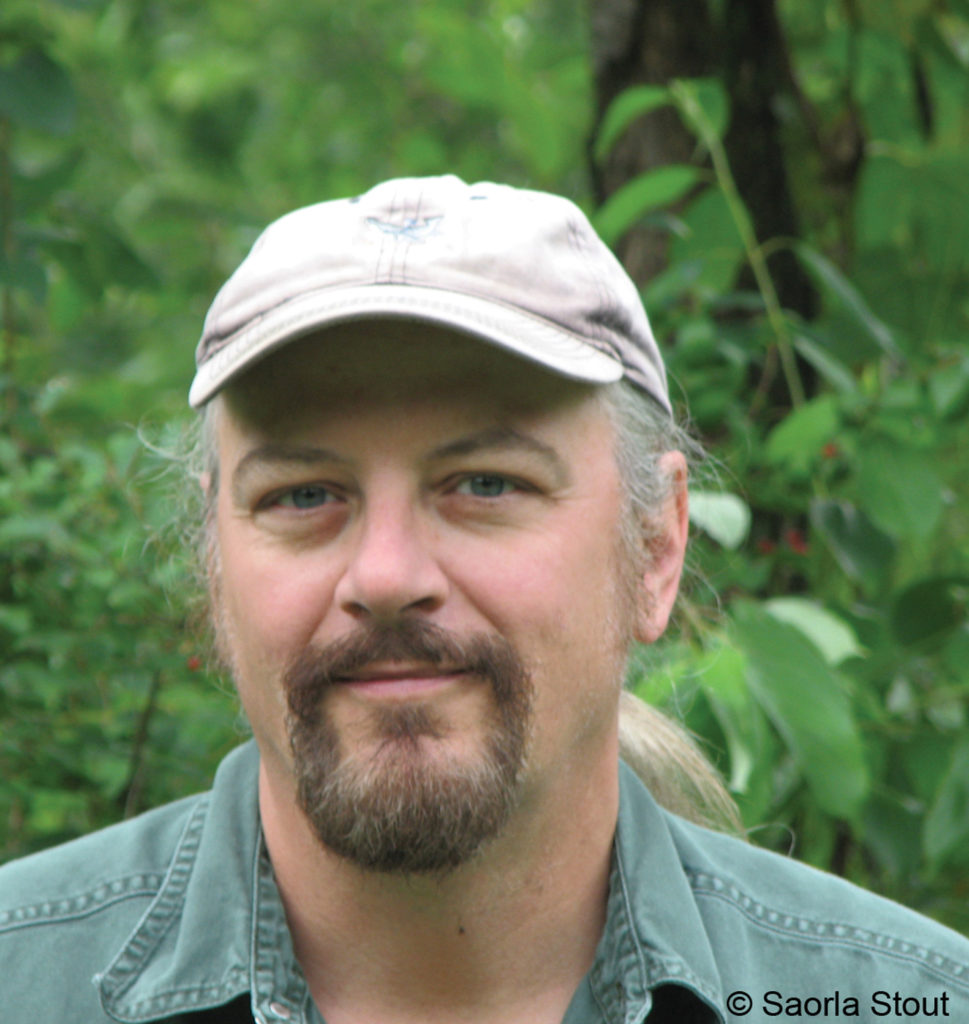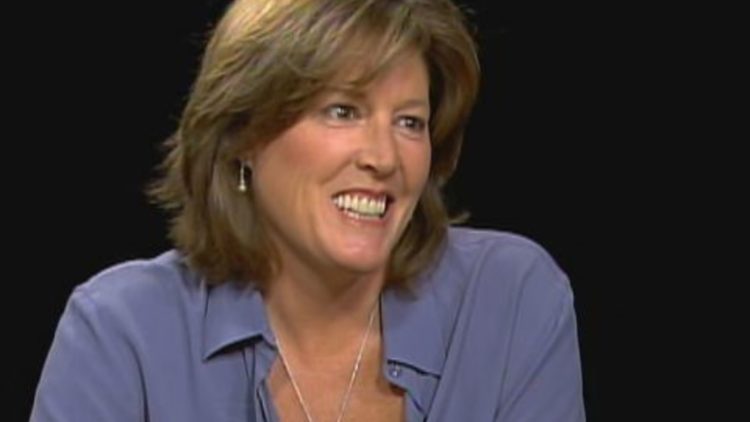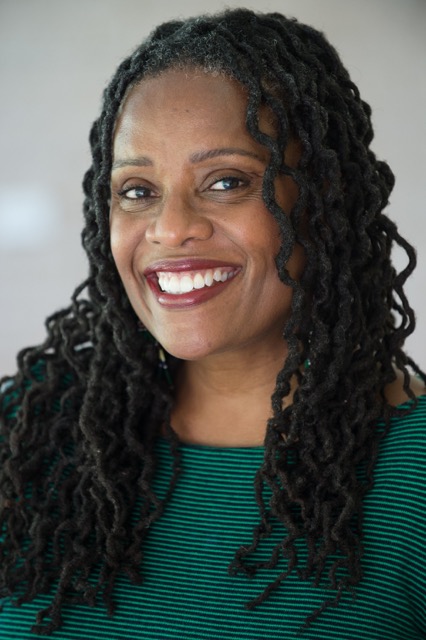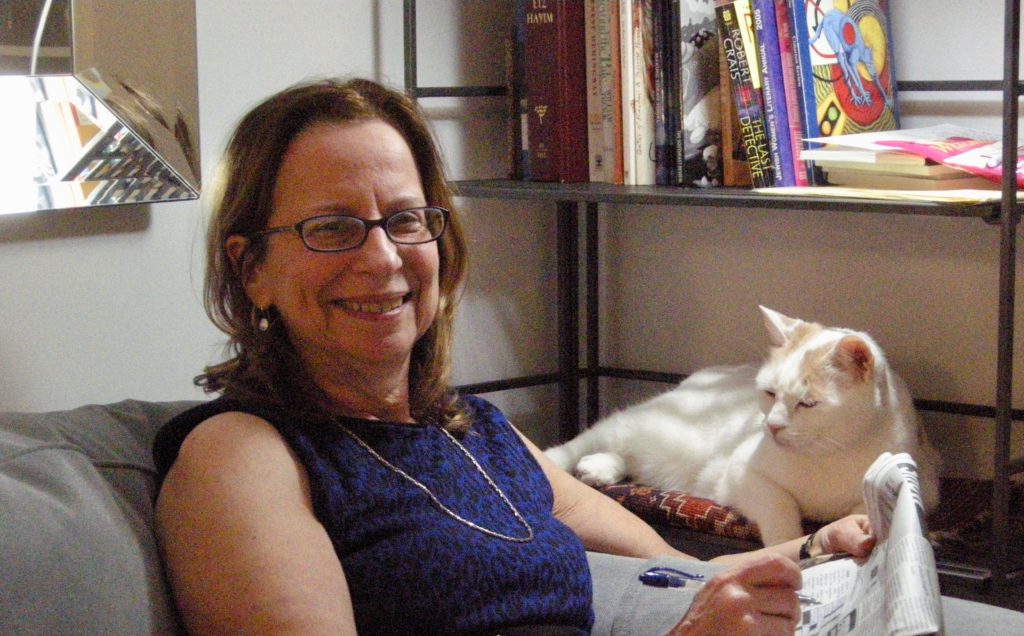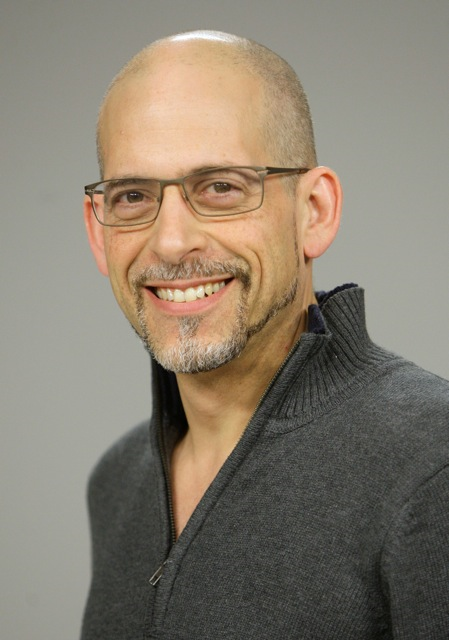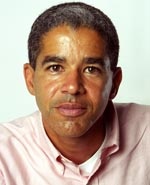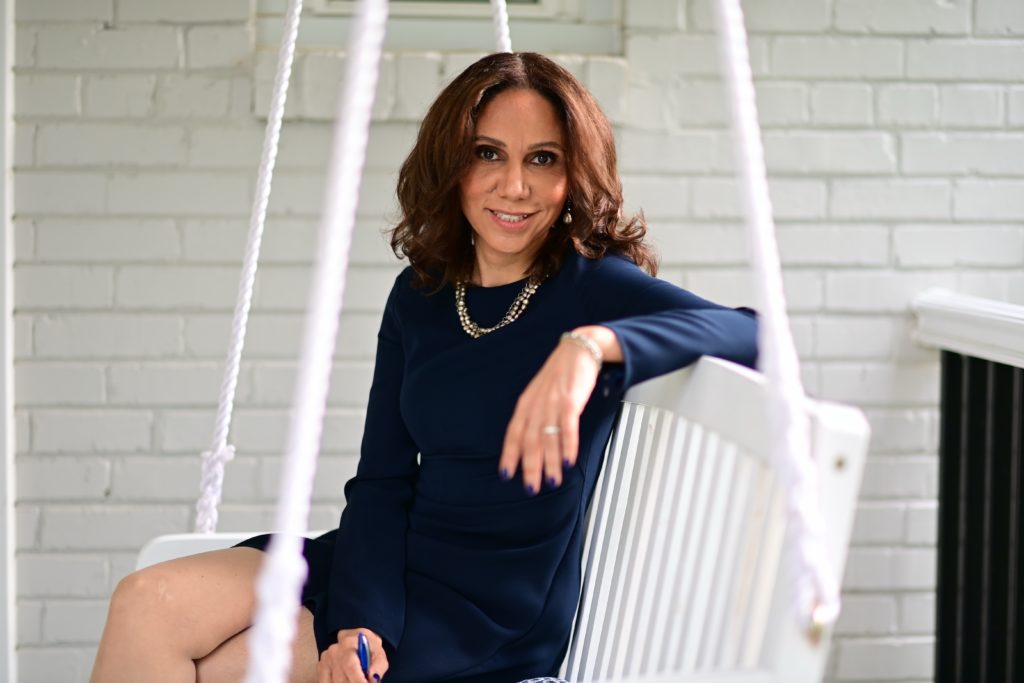
Lonnae O’Neal is a senior writer for ESPN/The Undefeated, specializing in the intersection of race, sports and culture. In 2018, she was a top five winner in the Associated Press Sports Editors contest. She was a two-time 2019 National Association of Black Journalist’s Salute to Excellence Award winner for projects and general reporting. Prior to joining the Undefeated, she was a Washington Post reporter and columnist for two decades, during which her recognition included the 2016 first-place winner of the Society for Features Journalism award for excellence in commentary. In 2000, O’Neal won the Columbia University Graduate School of Journalism award for distinguished work in the coverage of race and ethnicity in America. That same year, her feature story “White Girl” was the subject of a special broadcast of ABC’s “Nightline.” She is author of I’m Every Woman, Remixed Stories of Marriage, Motherhood and Work.”Lonnae O’Neal is a senior writer at The Undefeated. She has a rack of kids and she writes bird by bird.
What’s the most important lesson you’ve learned as a writer?
Humility. I’m always clear that there’s so much I don’t know about the subjects I’m writing about and about the writing process itself. Being mindful of that allows me to stay open to the lesson, to the parable, to the source, to the quote that you’re going to miss if you think you’ve heard everything, or that you know so much. It keeps you present all the way through to the end of the interview, when somebody finally trusts you enough to give you a nugget, or send you a document. It allows you to see and hear poetry in details people often take for granted. Finally, it can make you obsess about being accurate, contextual, brave, because people don’t have to trust you with their stories.
What has been the biggest surprise of your writing life?
As a young writer, I was so afraid, I couldn’t bring myself to start a story with my name, my byline. I came to realize there was something to that. That it was an old newspaper convention that you don’t file with a byline, it’s something given to you. I used to think the more I wrote, the easier it would get, but that has not been the case.
I’ve written just about every kind of story there is, often on deadline, and while that’s given me a skill set, those butterflies, that first shiver when I get an assignment, or when I finally sit down to write it, has never left me. I’ve just learned how to write anyway. It’s helpful in that I can tell students, don’t wait until you’re not afraid. That’s not the signal you’re looking for. That’s not the permission you seek. Instead, acknowledge the fear, breathe through it, phone a friend, set a timer, come up with a routine that takes you through what the great Washington Post writer, Henry Allen, used to call the Stations of the Cross. And then, if you’re lucky enough to have a little time before you file, sometimes even time to just read what you wrote, you can find all these places where you get to soar. And if you’re very lucky, that can make all the suffering worth it. Ar least until the next time!
if you had to use a metaphor to describe yourself as a writer, what would it be and why?
I think I’m a singer. Sometimes I get these notes in my head and I reach for them. Or perhaps it is an arrangement that finds me whispering into a voice recorder at 4 in the morning, or scribbling sentences on napkins. Once, or twice, or three times, when I hit my highest notes, it can feel like I’m talking to God. But mostly, I just feel like I have this thing in me that I have got to sing out, even if nobody is listening. I used to say even if nobody is paying me, but of course that was when I was young, and just made of emotion.
What’s the single best piece of writing advice anyone ever gave you?
I’ve never forgotten when the great Donna Britt told me — that writing is a sustained application of ass to chair. Beyond that, my favorite piece of advice is to read. Read constantly, read everything, share what you’ve read when something speaks to you. It will you give you metaphors, it will help you connect dots, it will help you fall truly, madly, irrevocably in love with words. Also, one more thing, the incomparable Jabari Asim, a former Post colleague and now director of the MFA program at Emerson College, introduced me to “The Little Man at Chehaw Station.” He used the Ralph Ellison essay to remind me that there is always a critic, someone who knows more than you, on any subject you write about, and you must do enough research to gain authority (and the knowing, if not respect, of this little man) at whatever level you are writing. He folded the lengthy disquisition about standards, and quality and the duty of the artist into convenient shorthand. “Chehaw!” Jabari sometimes urges me. It’s a reminder to never ever simply coast on pretty words. To always go deeper.
